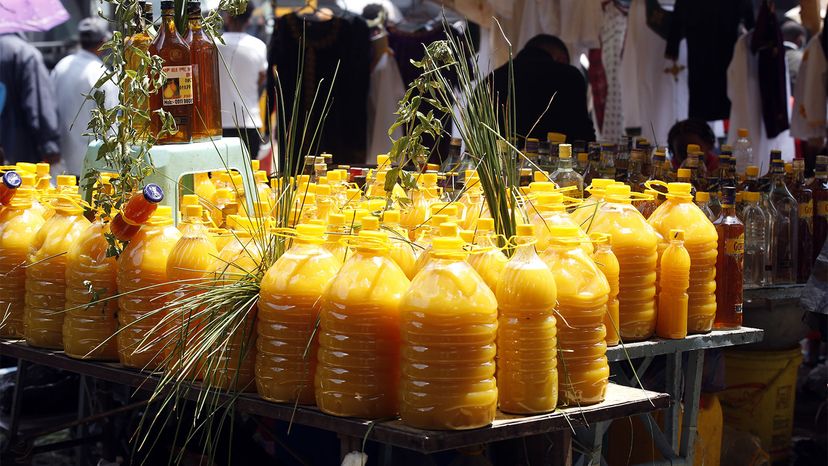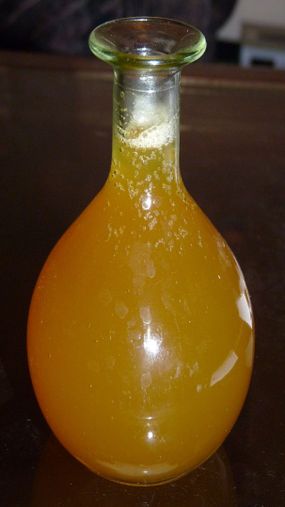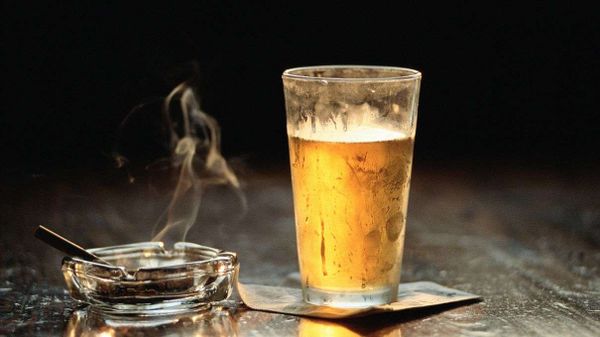
Alcoholic drinks have played a role in society since ancient times — some speculate they existed as far back as 100,000 years ago — and are typically made by fermenting locally available ingredients. In Ethiopia, the largest country in the Horn of Africa, that bountiful commodity is honey, and Ethiopians have a deep history of fermenting it with yeast, water and gesho (a small evergreen shrub) to create t'ej (pronounced tedj), a type of mead, or honey wine. Ethiopia produces 45,000 to 50,000 tons (41,000 to 45,000 metric tons) of honey per year, making it the largest honey producer in Africa, and they use a lot of it to produce their beloved national drink.
Advertisement



